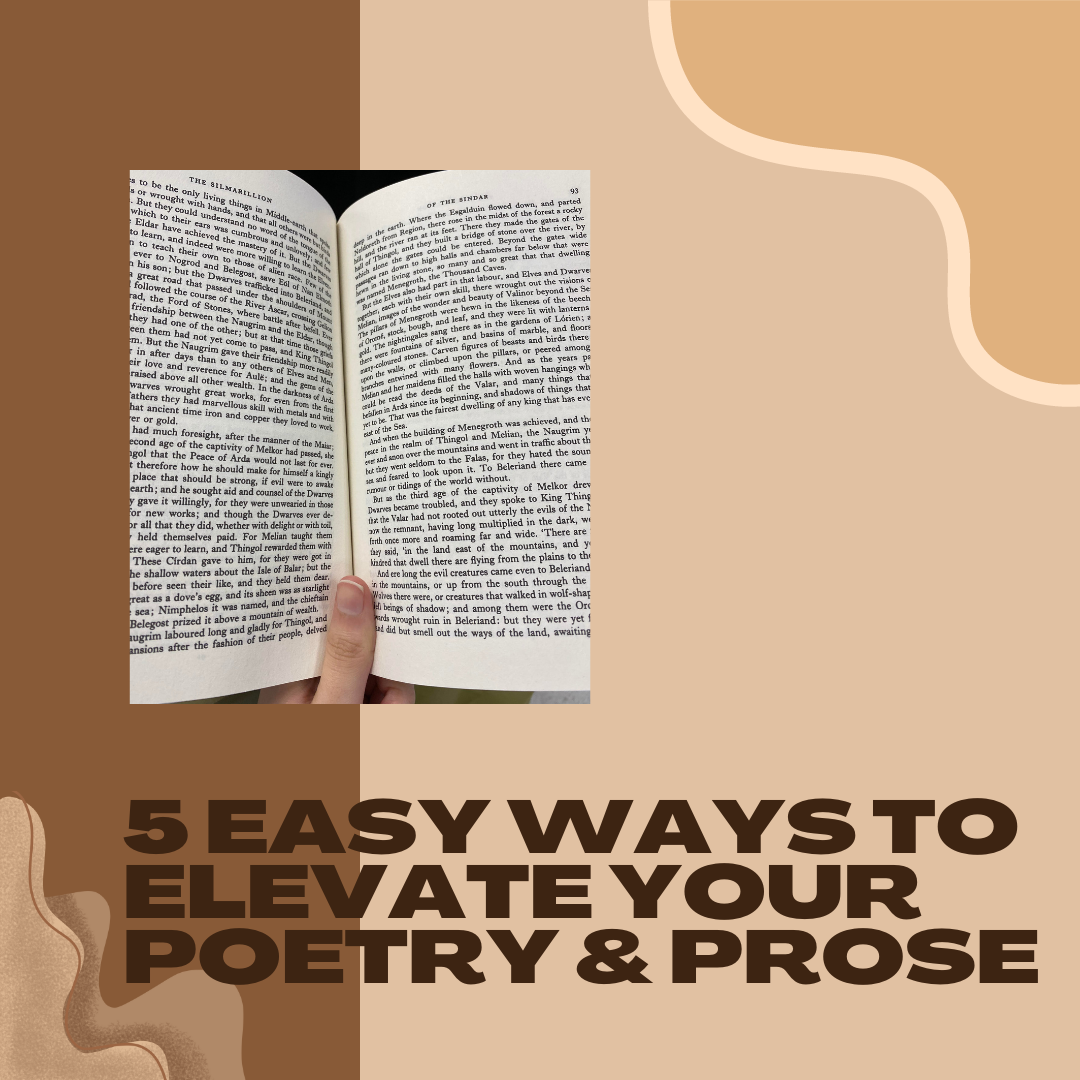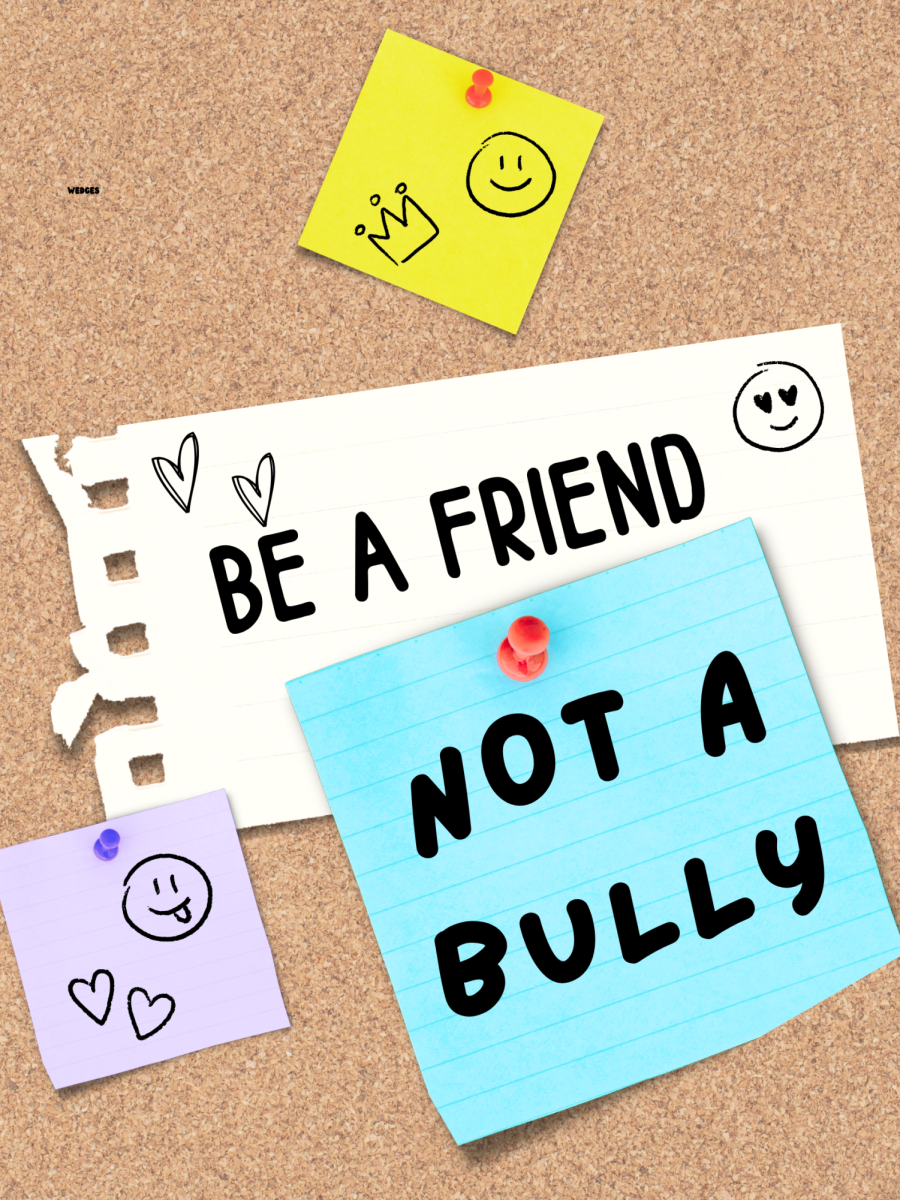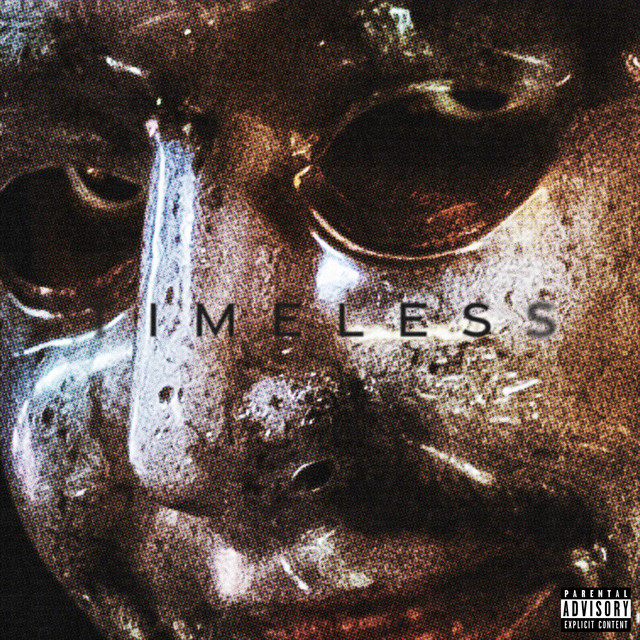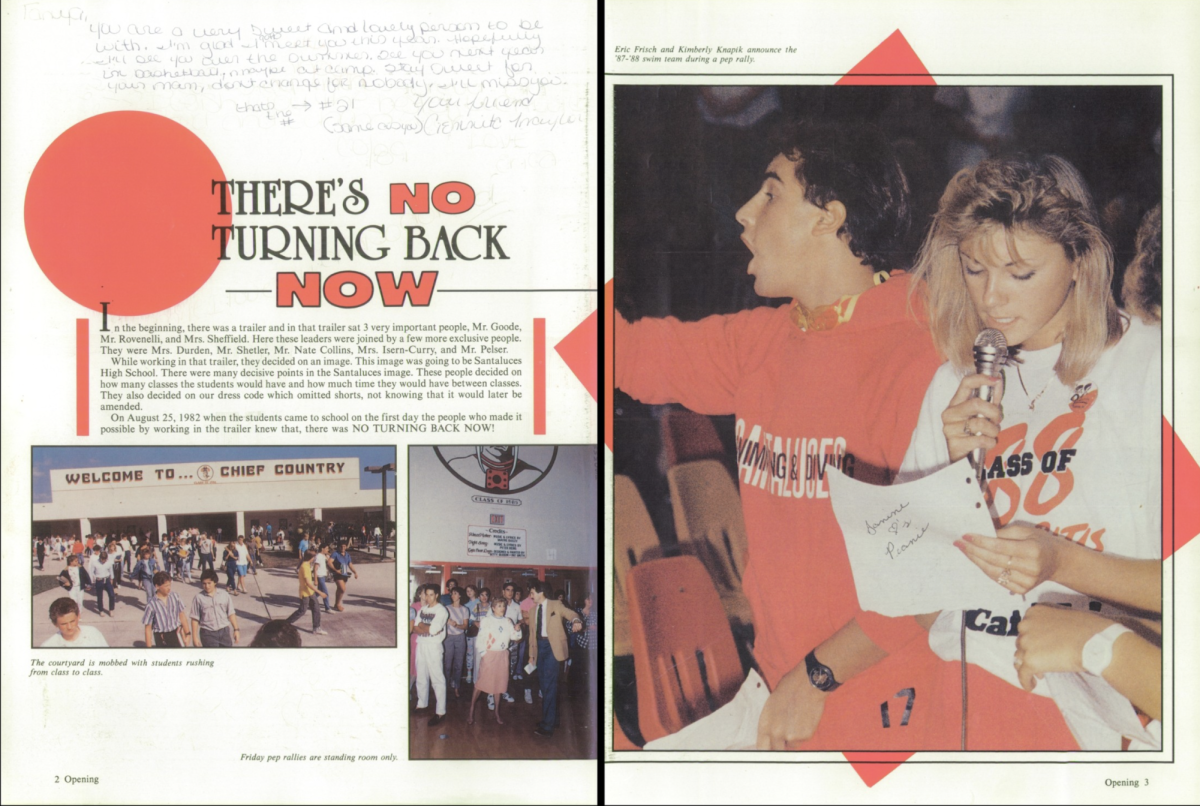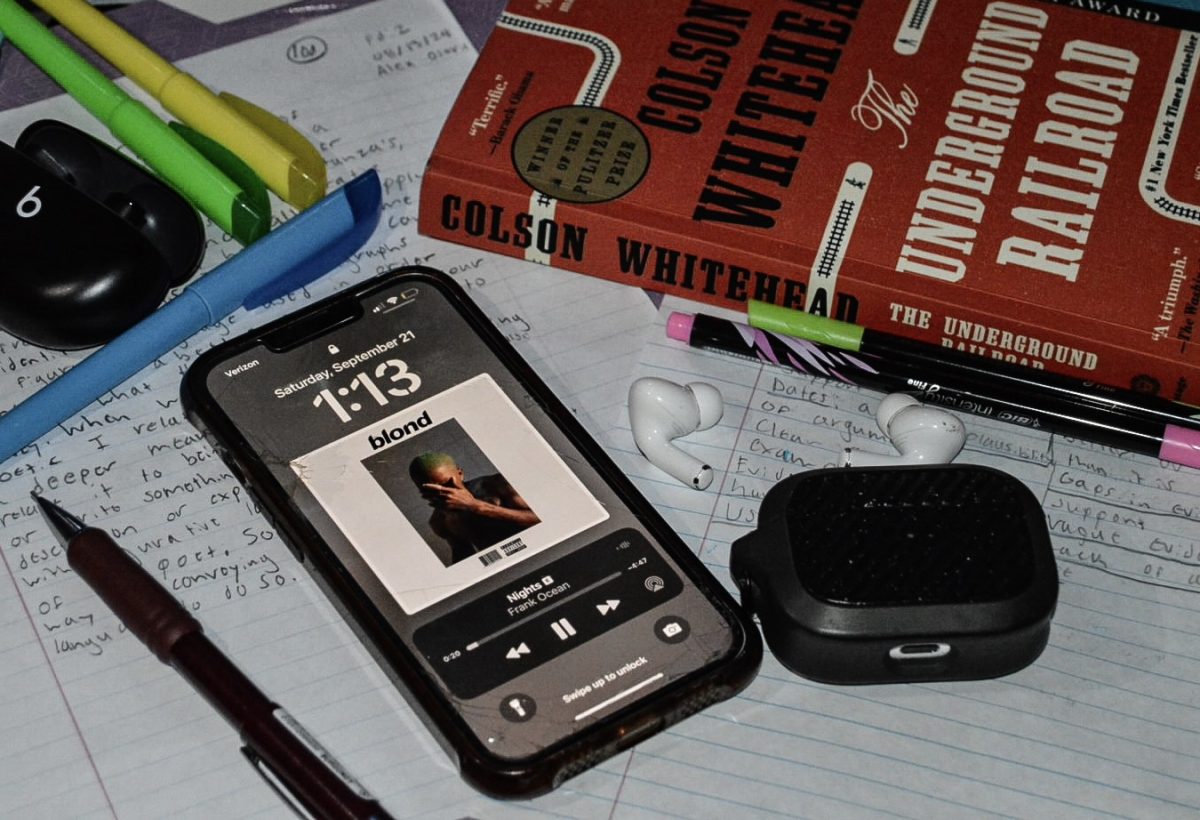Many people in my generation believe that writing is a monumental and impossible task, but it isn’t. What I hope to do is create an easy-to-follow list of the easiest-to-use devices of figurate language and symbols.
- Simile:
Similes by far are the easiest figurative language technique. It consists of comparing two objects with the words “like” or “as;” it sounds easy enough but in order to create a great simile you should be imaginative with it. Instead of saying, “this class is boring” you could say “sitting is class is as lively as watching water boil.” In my example, I don’t directly say one thing equals the other or outwardly call the class boring, I compare it to a menial task that takes a long time and seems like it won’t even end.
- Personification:
This is one of my favorite devices because it can be used in so many different ways. It involves using humanizing adjectives, an attributing word that describes a noun, verbs, “action words,” or emotions when describing a non-human noun. One example could be, “The sun smiled down upon us as we began our journey” or “The chair squealed in horror as someone stood on it with cleats.” It can be done in so many different ways to make something dull alive.
- Allusion:
This is another favorite of mine because it requires outside knowledge that can make the writer seem like they have a berth of information. Most typically used with Christianity, an allusion is a reference that can also be anything from pop culture, other books, events, and even people. “His kryptonite is second period” or “The cafeteria was their Garden of Eden during the school day” make references to some of the most widely known pieces of literature and pop culture ever.
- Hyperbole:
The hyperbole is another of the easiest devices because it simply relies on exaggeration to prove a point about anything. If a task seems like it’ll be lengthy it “could take years” while in reality only about an hour or your hunger could be to the point you “could eat a horse.” You have to make sure there is a purposeful usage of what you want exaggerated whether it be the length of time, size, quality, or anything else you can think of!
-
Onomatopoeia:
This device has been given a bad rep over the years for being immature or humorous but Edgar Allen Poe’s “The Bells” shows a masterful usage of it: “Hear the sledges with the bells—/ Silver bells!/ What a world of merriment their melody foretells!/ How they tinkle, tinkle, tinkle,/ In the icy air of night!” Sensory implements like onomatopoeia or imagery help add to the world created in the reader’s head while reading. You could talk about the drip, drip, drip of a leaky faucet or the screech of a chair dragged across the tile to enhance the world created in your writing.
These are just 5 out of a plethora of techniques and devices that can easily help you write to the best of your ability if you struggle to embellish your words. My list should be used as “starters” to help you get into the world of writing, and will hopefully be a tool to help you continue!



